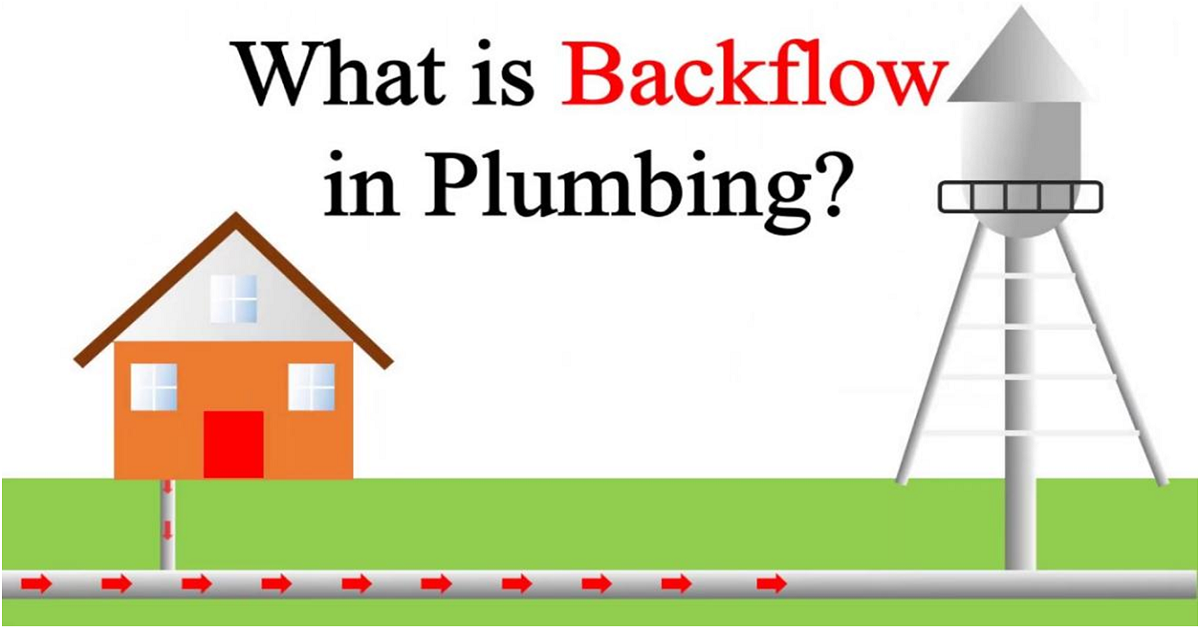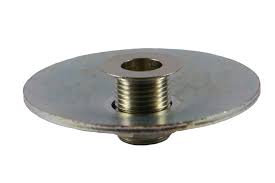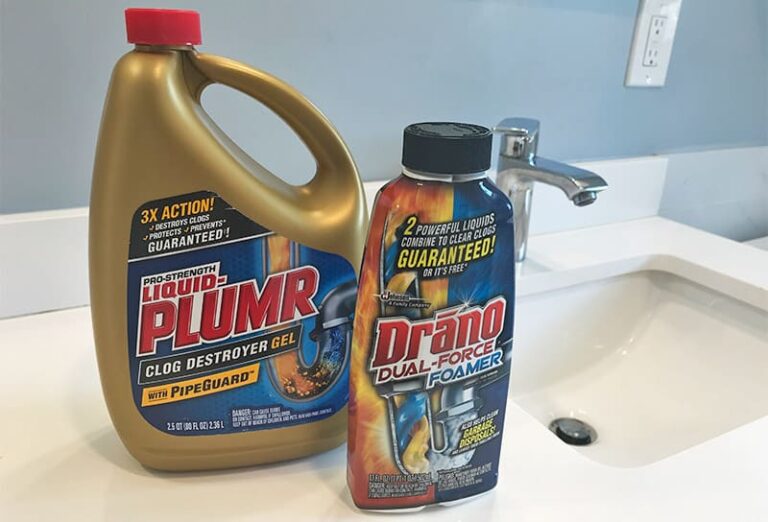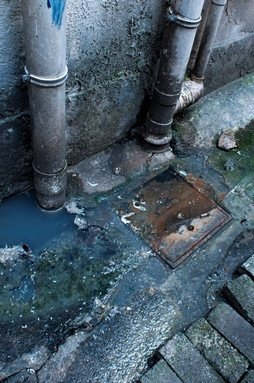What Causes Backflow In Plumbing?
Backflow is a condition that occurs when water flows in the opposite direction from what it is intended to flow. It can occur in plumbing systems when there is a difference in pressure between two points in the system. This can happen when the water pressure in the system is higher than the pressure in the receiving environment, or when the pressure in the system drops below atmospheric pressure. Backflow can cause contamination of the water supply and can cause serious health concerns. Backflow prevention devices are used to prevent contamination by ensuring that the water flows only in the intended direction.
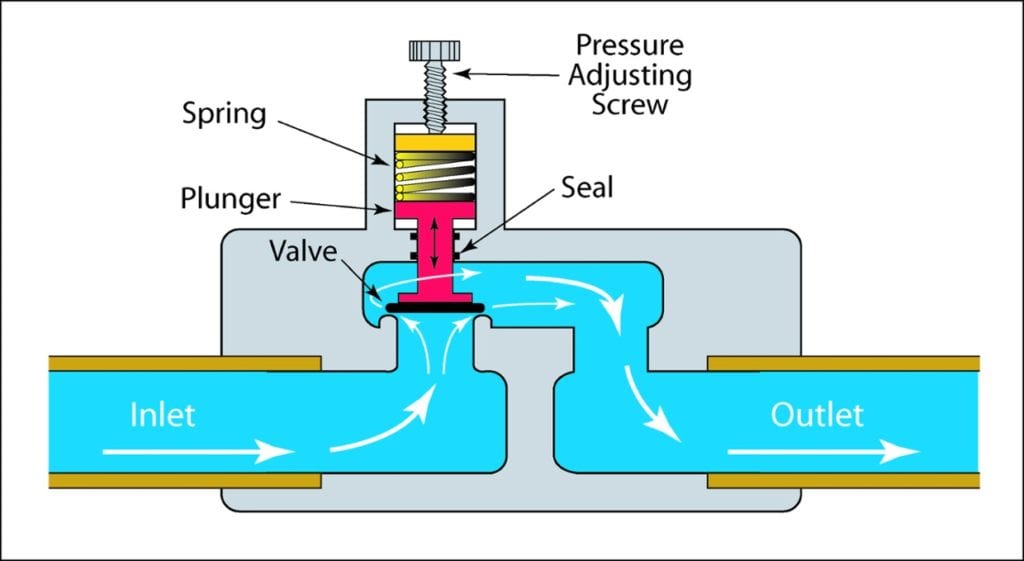
What is Backflow?
Backflow is a plumbing issue that occurs when the water in a plumbing system reverses direction and flows back into the system, potentially contaminating the water supply. It is caused by a break in the water pressure or a malfunction in the system’s backflow prevention valve. This can lead to water contamination, resulting in discoloration, bad taste, odor, and other potential health risks. To prevent backflow, it is important to have your plumbing system inspected and serviced by a professional, certified plumber to ensure that all backflow prevention valves are functioning properly. Taking proactive steps to maintain your plumbing system can help you avoid the costly and potentially dangerous effects of backflow.
Identifying Common Causes of Backflow
Backflow is a phenomenon that occurs when water flows in the opposite direction of its intended flow. This can happen for a variety of reasons, some of which are more common than others. One of the most common causes of backflow is a decrease in water pressure, which causes the water to reverse course to find a more stable pressure. Other common causes include blockage in the pipes, a broken or malfunctioning valve, or an improperly installed pipe. In some cases, backflow can even be caused by a backflow prevention device that doesn’t work properly. Regardless of the cause, it’s important to identify the source of the backflow to prevent further damage and disruption.
Impacts of Backflow on Plumbing Systems
Backflow prevention is essential for any plumbing system, as it helps to protect the water supply from contaminants. Without proper prevention, water can become contaminated with various hazards such as sewage, chemicals, and other pollutants. Backflow can also lead to major plumbing problems, including blocked drains, burst pipes, and contaminated water in the home. Poorly maintained backflow prevention devices can also be a major source of water damage, leading to costly repairs and potentially hazardous conditions. It is important to regularly inspect and maintain backflow prevention systems to ensure the safety of the home’s water supply. Taking the necessary steps to prevent backflow can help protect your home from plumbing disasters and keep your water clean and safe.
Preventing Backflow in Plumbing Systems
Backflow prevention is an essential component of any plumbing system, ensuring both the safety of the plumbing system and the health of the individuals using it. Backflow prevention works by preventing contaminated water from flowing back into the clean water supply, which can cause serious health risks. Backflow prevention is achieved through the use of non-return valves, air gaps, and check valves, which can be used in combination to ensure reliable protection against the flow of potentially contaminated water back into the clean water supply. Additionally, backflow prevention systems must be regularly tested and maintained to remain effective. By taking the necessary steps to prevent backflow in plumbing systems, we can ensure that our water supply remains safe and secure for everyone.
Diagnosing and Fixing Backflow Issues
Backflow is a common issue that arises when water pressure changes unexpectedly. This can cause water to flow in the opposite direction, resulting in water contamination and potential health risks. Diagnosing and fixing backflow issues requires a thorough knowledge of plumbing systems and how they operate. Professional plumbers have the experience and tools necessary to identify the source of the problem and provide the appropriate solution. From testing and replacing valves to re-piping and installing pressure-reducing devices, a qualified plumber can help diagnose and fix backflow issues quickly and effectively.
FAQs About the What Causes Backflow In Plumbing?
1. What is the most common cause of backflow in plumbing?
A: The most common cause of plumbing backflow is when the water pressure in the system becomes too low. This can be caused by a variety of factors, such as a leak in the system, a blocked drain or pipe, or a malfunctioning pump.
2. What kind of damage can backflow in plumbing cause?
A: Backflow in plumbing can cause a variety of damages to the system, including flooding in your home, contamination of the water supply, and damage to the pipes and fixtures. It can also create an unpleasant odor and cause a decrease in water pressure.
3. How can I prevent backflow in my plumbing?
A: To prevent backflow in your plumbing, make sure that water pressure is maintained throughout the system. This can be done by ensuring that all pipes and drains in the system are clear and that the pump is in good working order. Additionally, it is important to regularly inspect the system for any potential issues.
Conclusion
Backflow in plumbing is caused by a variety of factors, including low water pressure, improperly installed check valves, or damaged pipes. Backflow can lead to serious problems, such as contaminated water and property damage, so it is important to identify the source of the problem and take preventative measures to prevent future occurrences.

